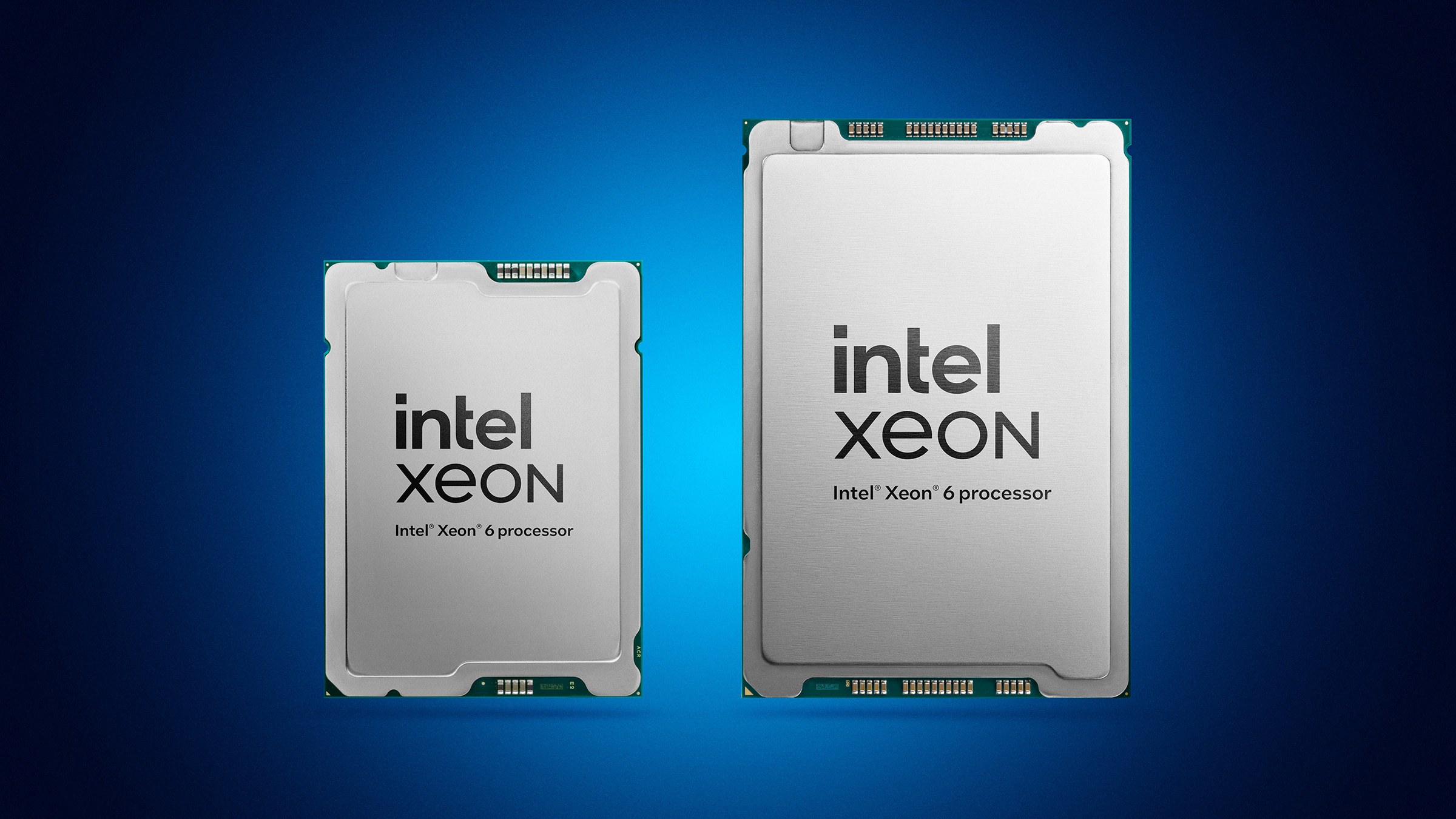Intel is pushing the boundaries of AI infrastructure with the introduction of three new processors to its Xeon 6 lineup. These new server-grade CPUs are designed not to compete with GPUs on AI workloads—but to supercharge and coordinate them. As AI data centers and machine learning models grow larger and more complex, the need for CPUs that can efficiently manage and support GPU-based computation has never been greater.
Let’s break down what these new Xeon 6 processors offer, how they’re engineered for AI environments, and why they’re critical to the next generation of AI server infrastructure.

The Changing Role of CPUs in AI Workloads
From Compute Engines to AI Orchestrators
In traditional computing, CPUs are the core compute units. But in AI workloads—particularly deep learning—GPUs have taken center stage due to their massive parallel processing capabilities. This has shifted the CPU’s role to a system orchestrator—responsible for:
-
Feeding large datasets to GPUs
-
Coordinating memory and I/O transfers
-
Managing task distribution and communication
-
Optimizing throughput and system performance
Intel’s new Xeon 6 chips are purpose-built for this exact role.
Introducing the New Xeon 6 CPUs
Built for Performance and Precision
The three newly launched Xeon 6 chips include Performance-core (P-core) variants that cater to high-efficiency and high-bandwidth AI environments. Among them, the Intel Xeon 6776P stands out for being integrated into NVIDIA’s latest DGX B300 AI system, a clear signal of their AI focus.
These CPUs aren’t just about raw speed. They’re about strategic, intelligent data pipeline management, enabling the entire system—including GPUs, memory, and storage—to operate in harmony.
Key Features Optimized for AI Support
Priority Core Turbo (PCT)
This unique feature enables specific CPU cores to run at higher turbo frequencies while others operate at standard speeds. This is critical for latency-sensitive tasks such as:
-
Streaming data into GPUs
-
Managing real-time inference
-
Coordinating multi-GPU workloads
By prioritizing key cores, systems can maintain peak performance for crucial AI operations.
Speed Select Technology – Turbo Frequency (SST-TF)
SST-TF allows fine-grained frequency control across cores, letting administrators and AI system integrators allocate CPU power dynamically based on current workloads. Whether feeding data, managing I/O, or preprocessing, the CPU stays responsive and efficient.
Hardware Specifications That Matter
Designed for System-Level Throughput
While Intel isn’t positioning these CPUs to compete directly with GPUs on model training speed, their specs show a clear focus on overall system performance:
-
Up to 128 P-cores per CPU, allowing heavy multitasking and orchestration
-
30% faster memory speeds, supporting MRDIMMs and CXL (Compute Express Link)
-
Expanded PCIe lane support, enabling high-speed communication between GPUs, SSDs, and network cards
-
FP16 arithmetic support via AMX (Advanced Matrix Extensions)—great for preprocessing and light AI tasks
These specs cater directly to AI system builders who need reliability, speed, and high throughput—not just peak single-core performance.
Real-World Use Case: NVIDIA DGX B300
The integration of the Intel Xeon 6776P into NVIDIA’s DGX B300 is a case study in modern AI infrastructure. In such systems, the CPU does not train the AI model directly. Instead, it:
-
Manages multiple high-end GPUs
-
Oversees storage and memory traffic
-
Ensures synchronization across nodes
Intel’s chips serve as the backbone, ensuring everything runs smoothly in one of the most powerful AI systems on the planet.
Reliability, Serviceability, and Scalability
Intel also emphasizes standard enterprise-grade features:
-
Hot-swappable components
-
Real-time diagnostics
-
Predictive failure analysis
-
Rack-level scalability
These ensure Xeon 6 CPUs can be deployed in data centers, cloud infrastructures, and edge AI applications with confidence.
Why Intel Xeon 6 Matters for the Future of AI
As AI models scale from billions to trillions of parameters, CPU-GPU coordination becomes the bottleneck. Intel’s Xeon 6 chips are designed to eliminate this bottleneck and:
-
Improve latency and data flow
-
Reduce bottlenecks in memory and bandwidth
-
Enable real-time data management in inference and training environments
They represent a shift from brute-force processing to intelligent coordination, which is exactly what next-gen AI systems need.
Frequently Asked Questions:
What is Intel Xeon 6?
Intel Xeon 6 is Intel’s latest line of server-grade CPUs optimized for cloud, AI, and data center workloads, with options for Performance and Efficiency cores.
Why are these Xeon CPUs ideal for AI systems?
They are specifically designed to coordinate with GPUs—feeding them data, managing I/O, and maintaining consistent system performance.
What is Priority Core Turbo (PCT)?
PCT allows certain CPU cores to run at higher turbo frequencies for critical tasks, such as feeding data into GPUs in real-time.
What systems are using the new Xeon 6 CPUs?
NVIDIA’s DGX B300 AI system is among the first to integrate the new Xeon 6776P, showing strong industry adoption.
Can Xeon 6 CPUs perform AI training on their own?
While they support light AI tasks, their main role is to assist GPUs by managing data pipelines and system-level operations.




